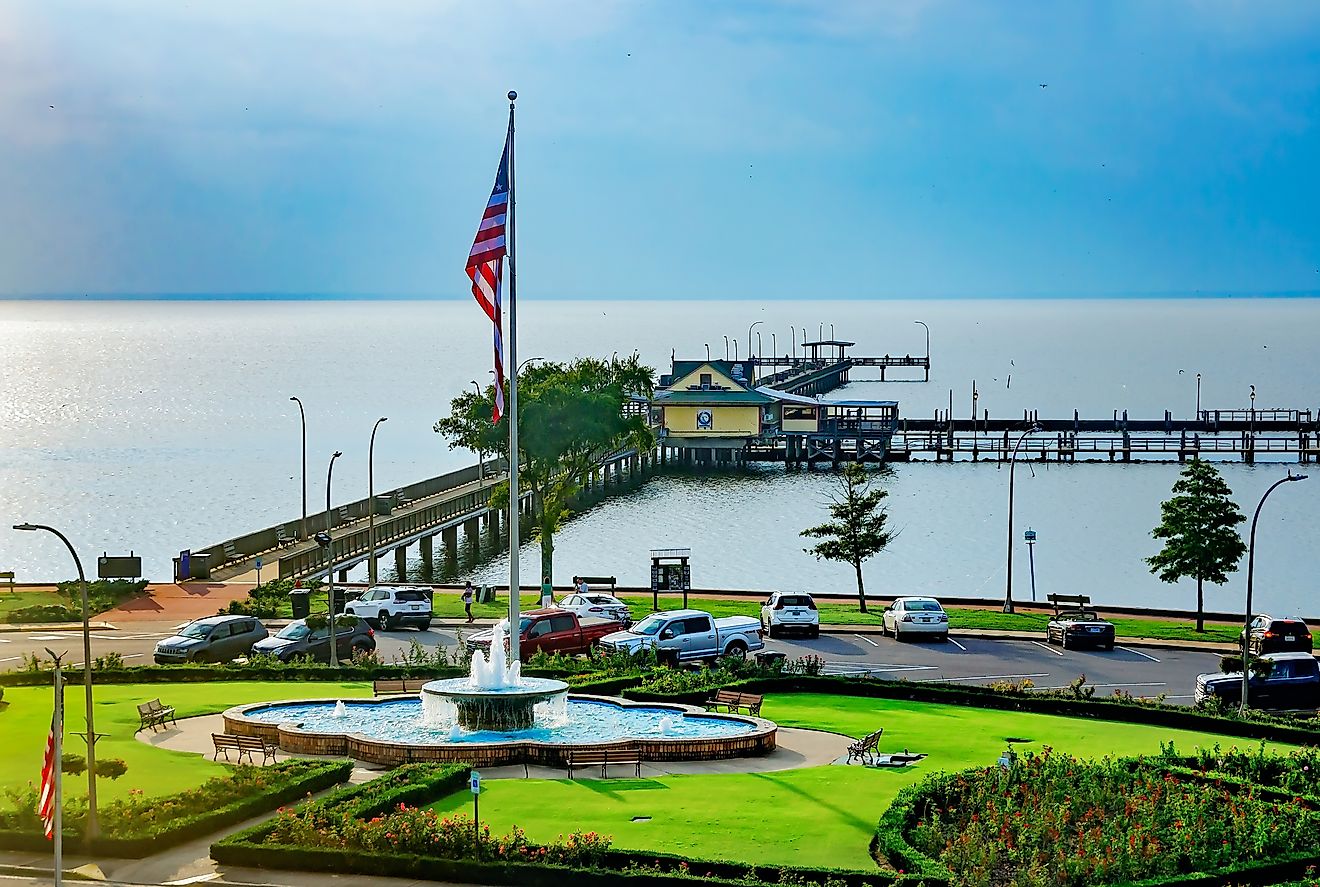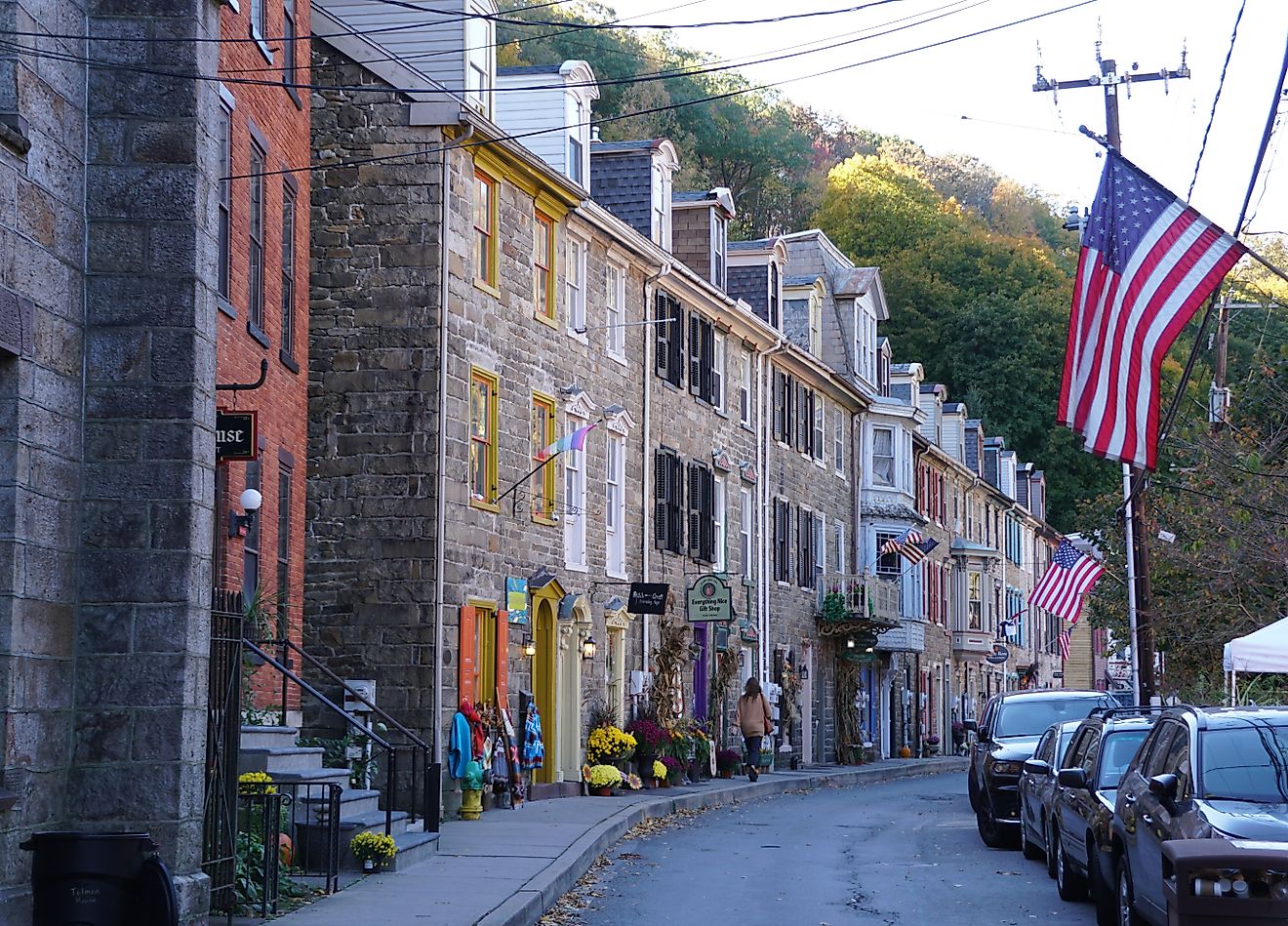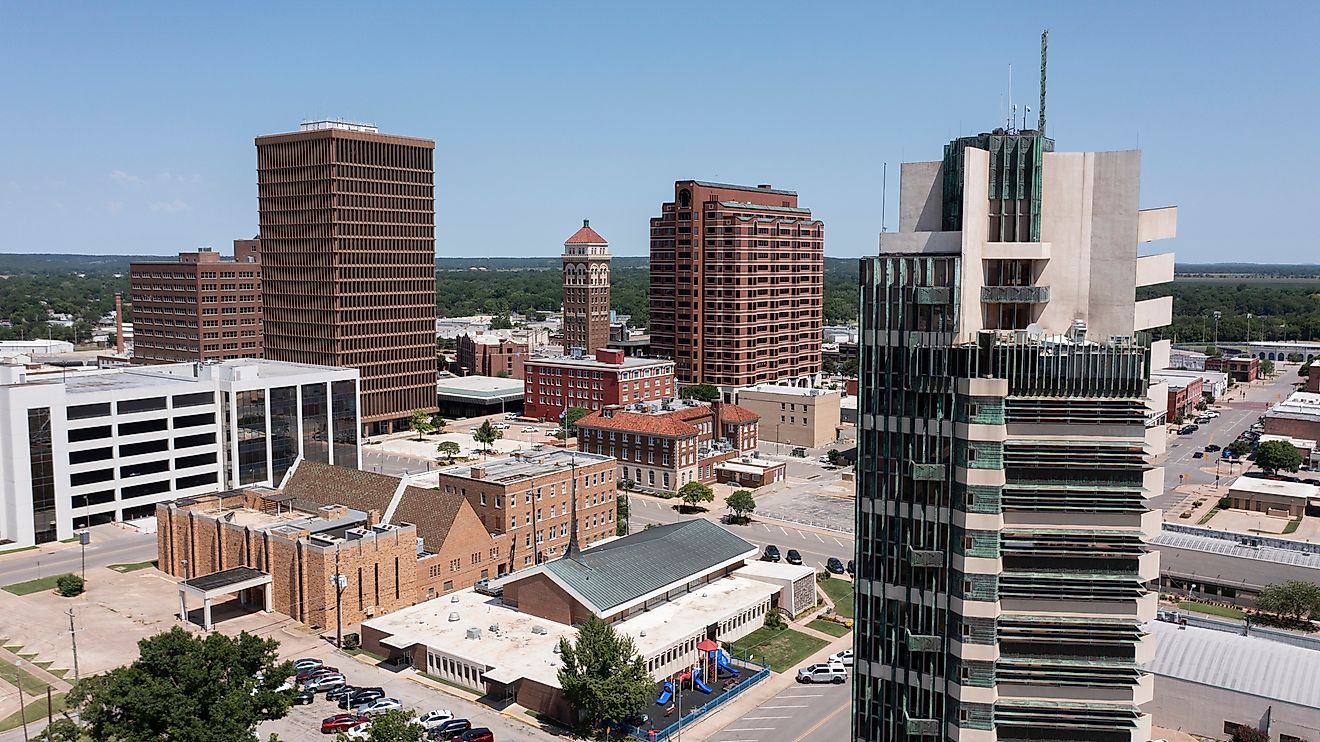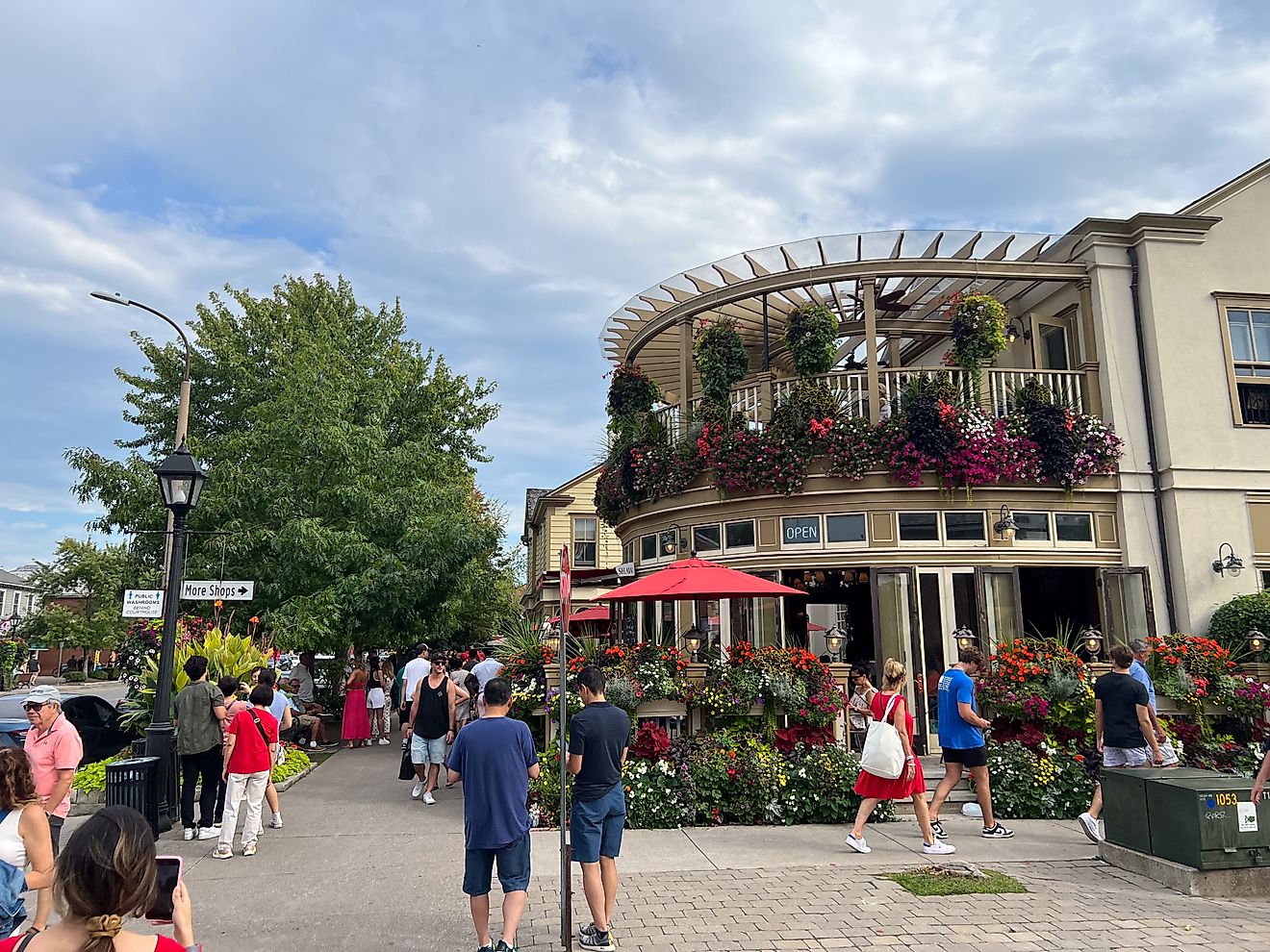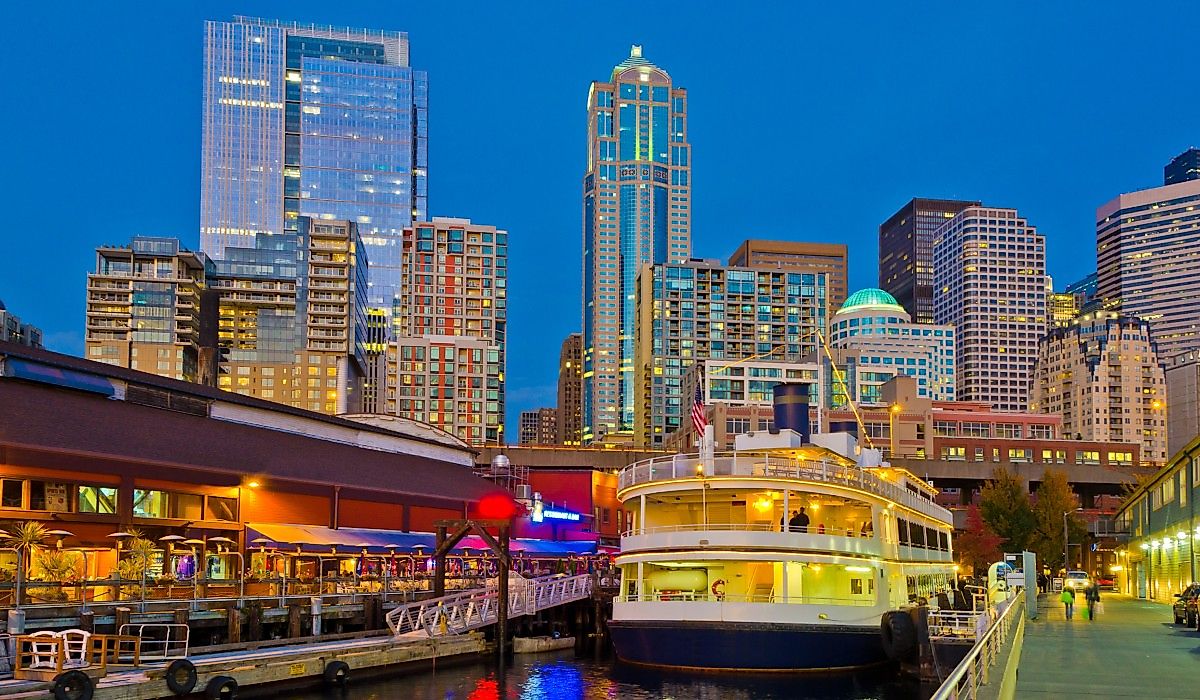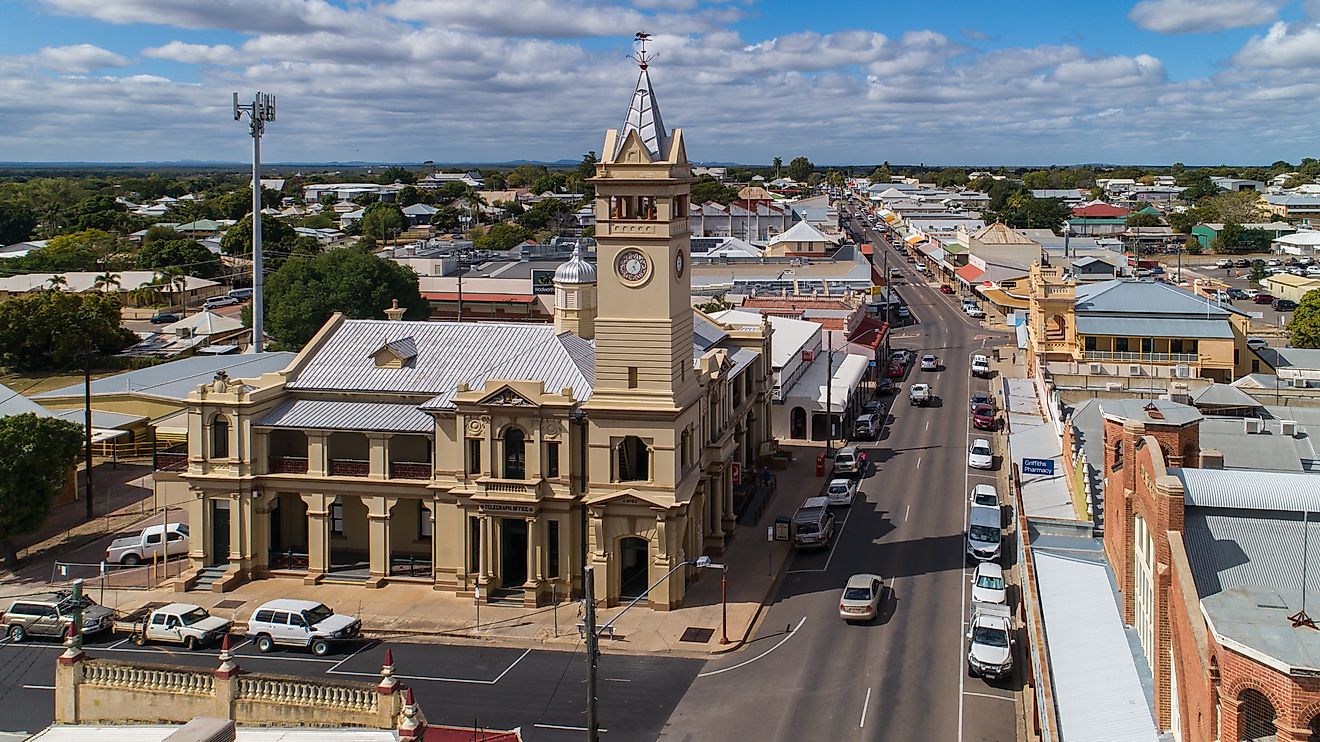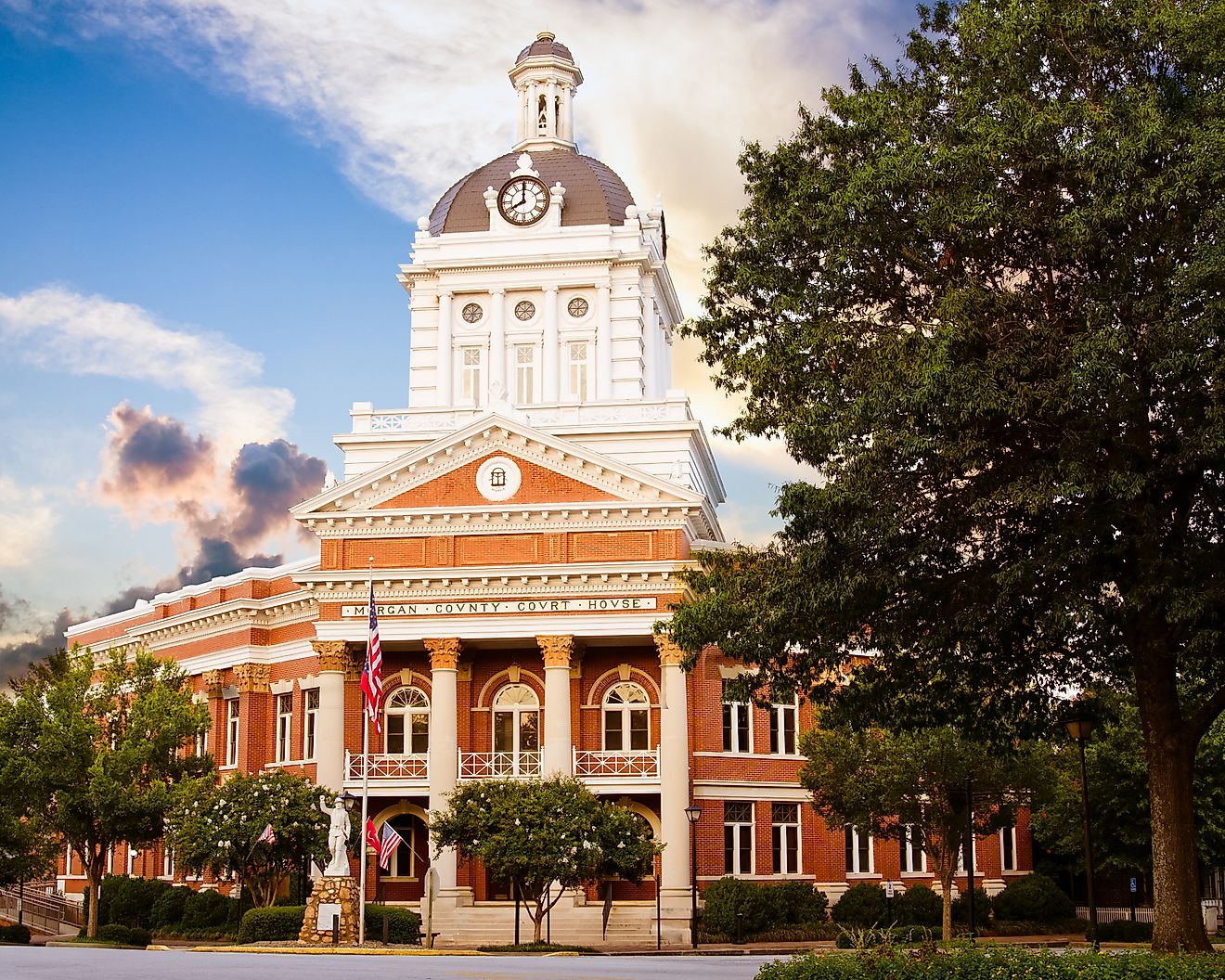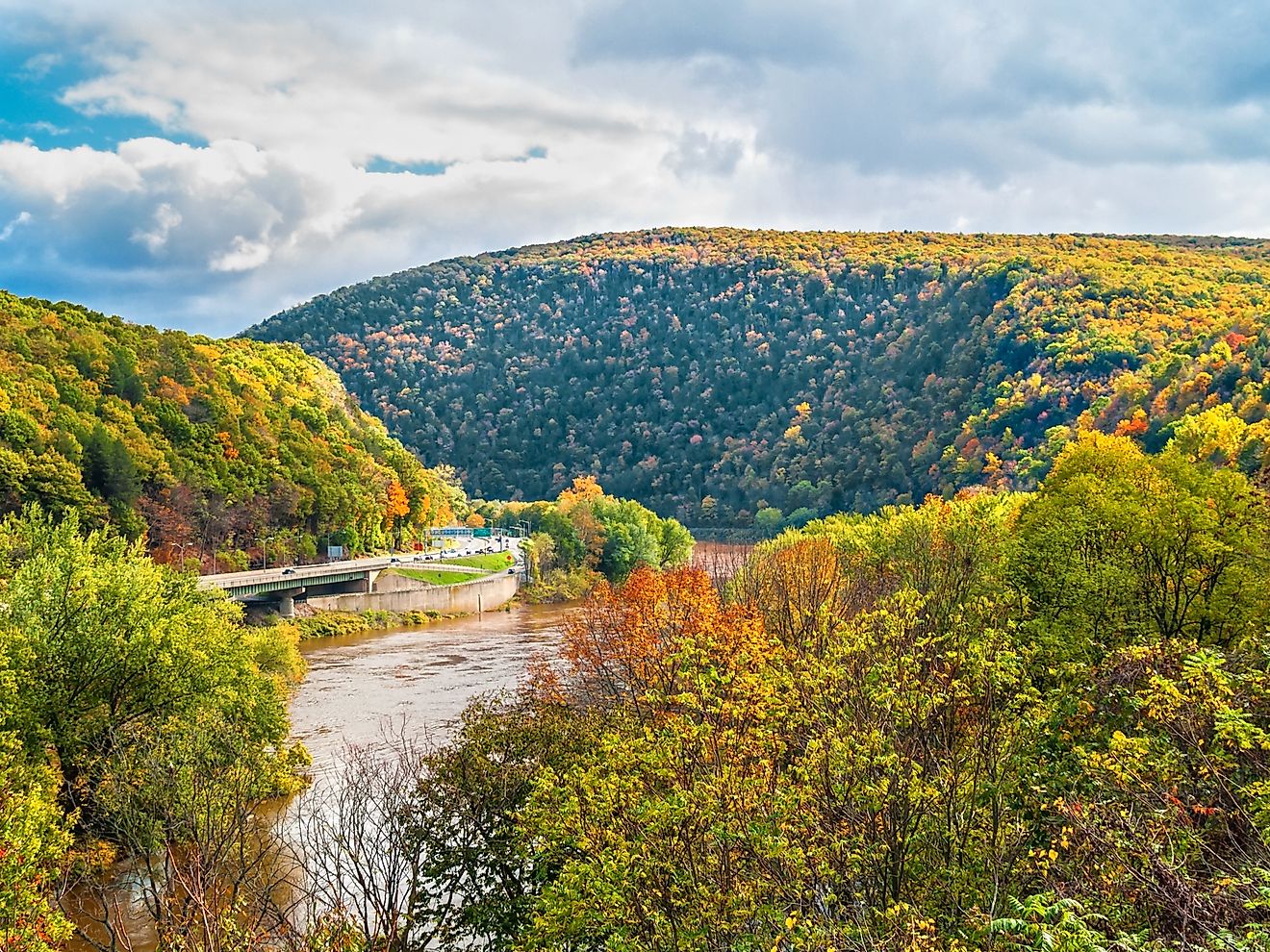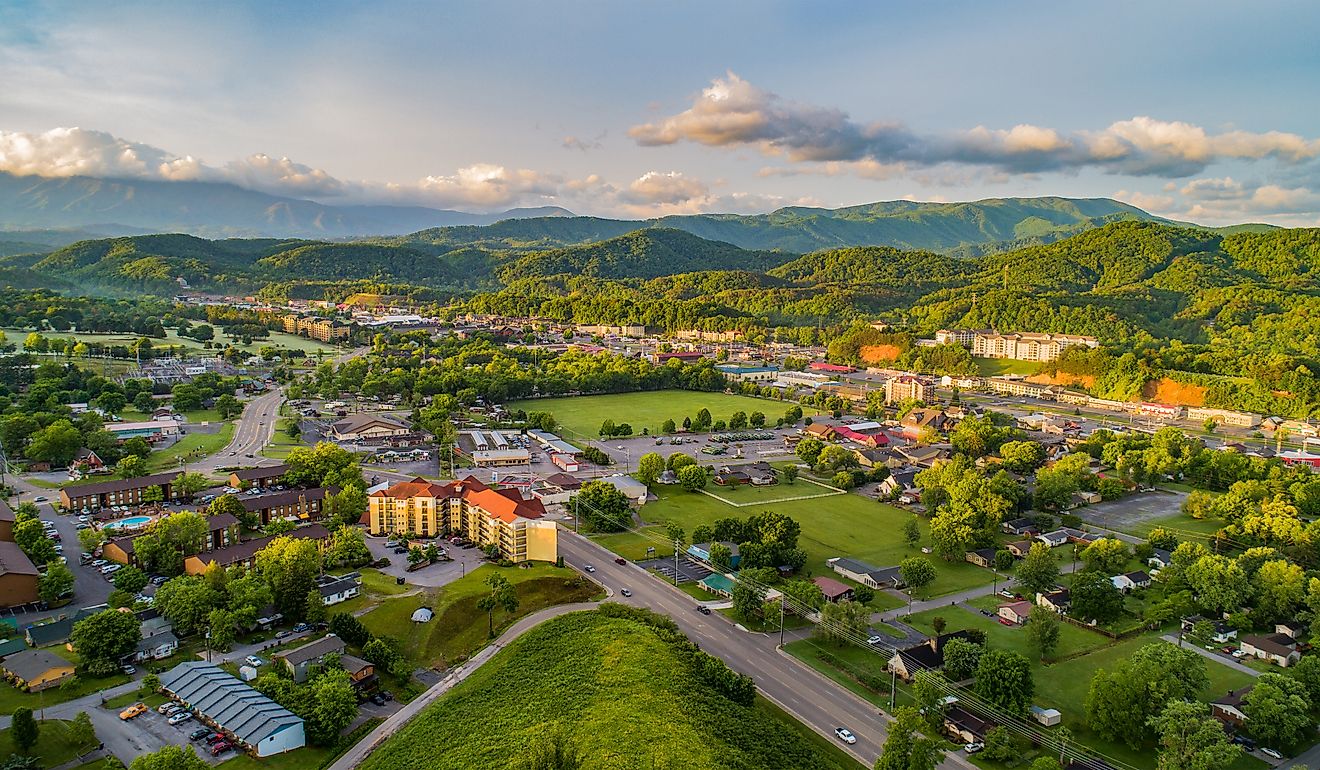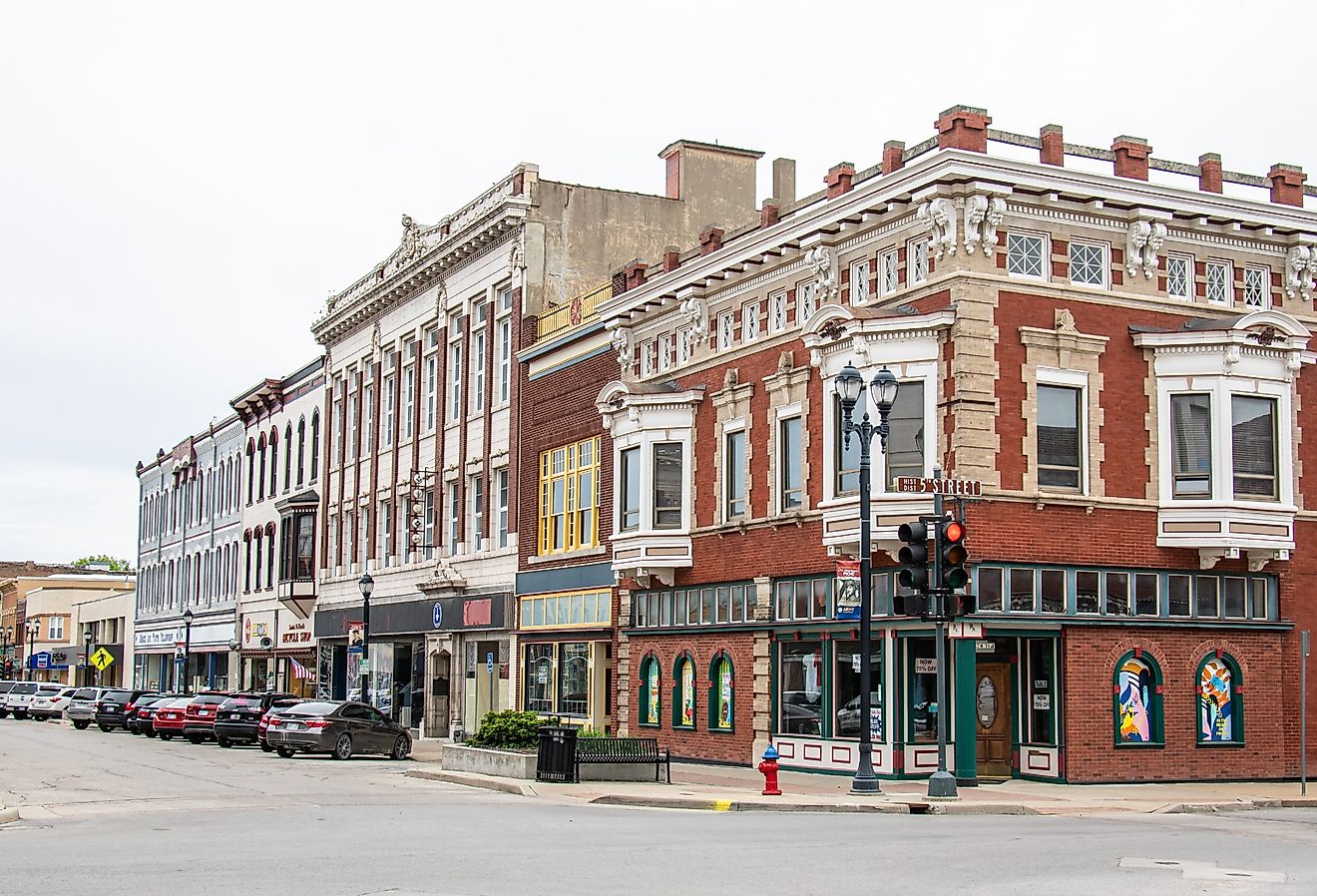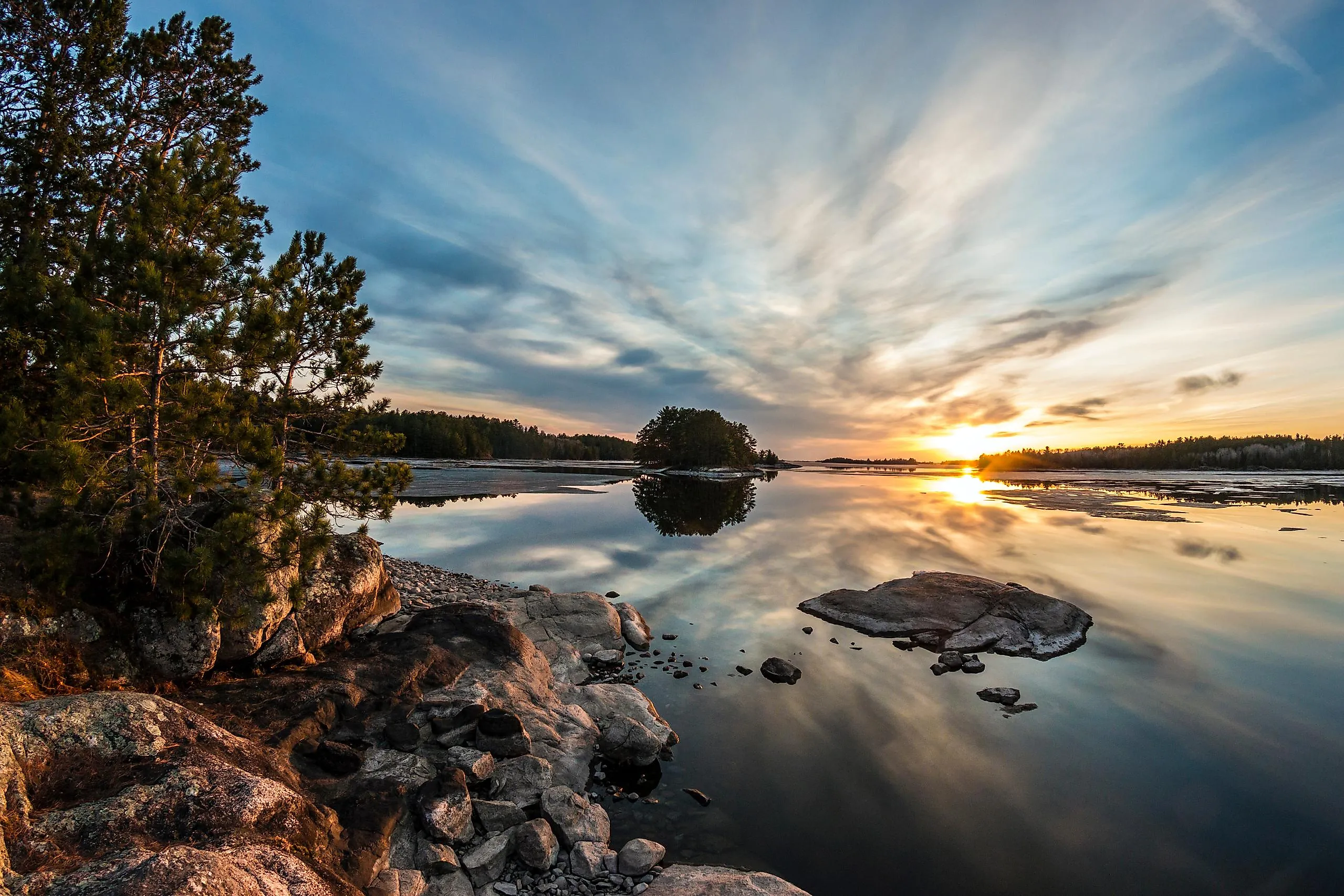
Voyageurs National Park’s Northern Lights Dance Over Boundary Waters Houseboats
If you want to truly escape the city, or civilization in general, you can't get much better than a trip up to northern Minnesota. Aptly named the "Land of 10,000 Lakes," this upper portion of the state houses the bulk of the region's fresh bodies of water. Like many remote and ecologically significant parts of the country these days, a selection of state and national parks can also be found here, with the most significant locales in this case being Voyageurs National Park and the nearby Boundary Waters Canoe Area Wilderness.
From when and where to witness the Northern Lights to how best to travel their extensive webs of waterways, read on to get the inside scoop before you head out for an adventure in this incredible slice of the Midwest.
The Far Northern Geography of this Region
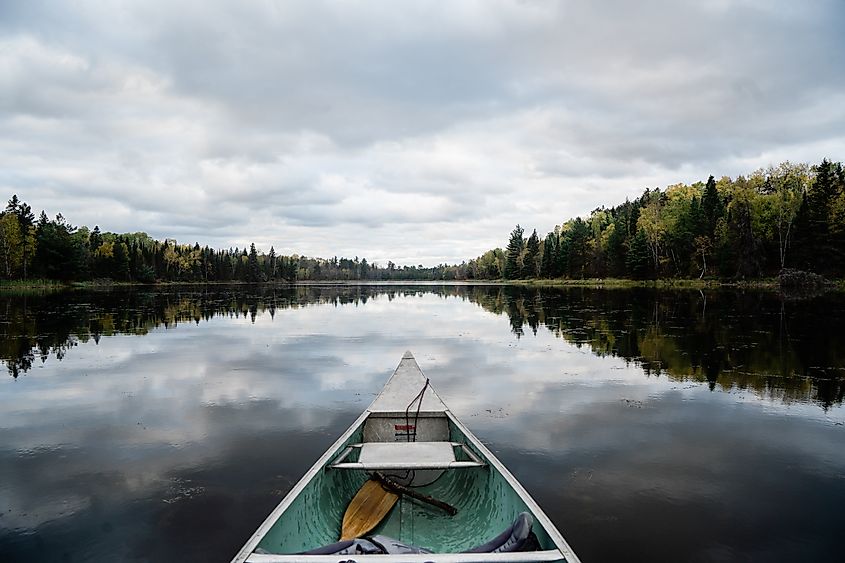
Voyageurs National Park and the Boundary Waters Canoe Area Wilderness form one of North America’s largest protected interconnected freshwater systems. Straddling the U.S.-Canada border, it alone contains over 1,100 lakes, channels, and island-dotted waterways linked by narrow portages.
The national park’s four major lakes, Rainy, Kabetogama, Namakan, and Sand Point, create a maze-like aquatic environment that can only be fully explored by boat, while countless smaller bodies of water and rivers continue eastward into the "Boundary Waters," extending this network deep into the wilderness of north of Lake Superior and into neighboring Ontario.
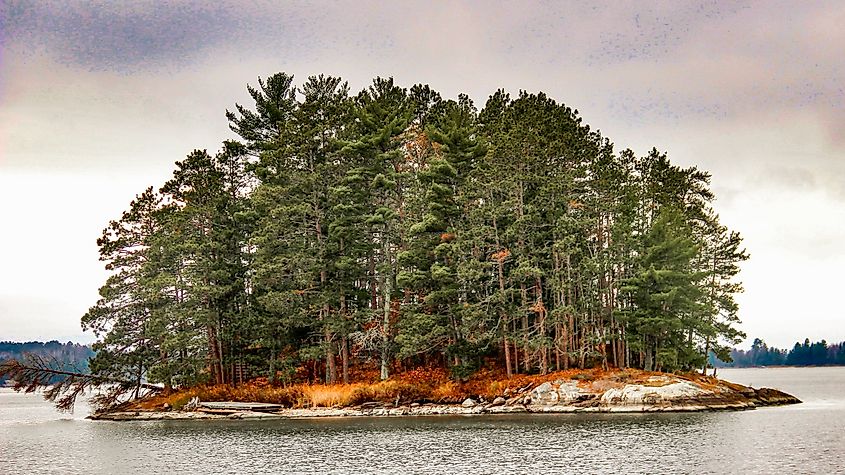
The landscape is defined by the Canadian Shield, with ancient granite bedrock and thin soils providing an ideal habitat for northern boreal woodlands rich in spruce, pine, aspen, and birch trees. The region’s terrain mirrors the effects of retreating glaciers from previous ice ages, which left behind exposed bedrock ridges and scraped out low-lying wetlands, like a giant shovel digging out earth and dropping its contents elsewhere.
With that, its modern-day ecosystems are home to other hardy wildlife, including moose, gray wolves, loons, and bald eagles, representing one of the largest intact boreal environments in the continental United States.
A Quick History of Voyageurs National Park and the Boundary Waters
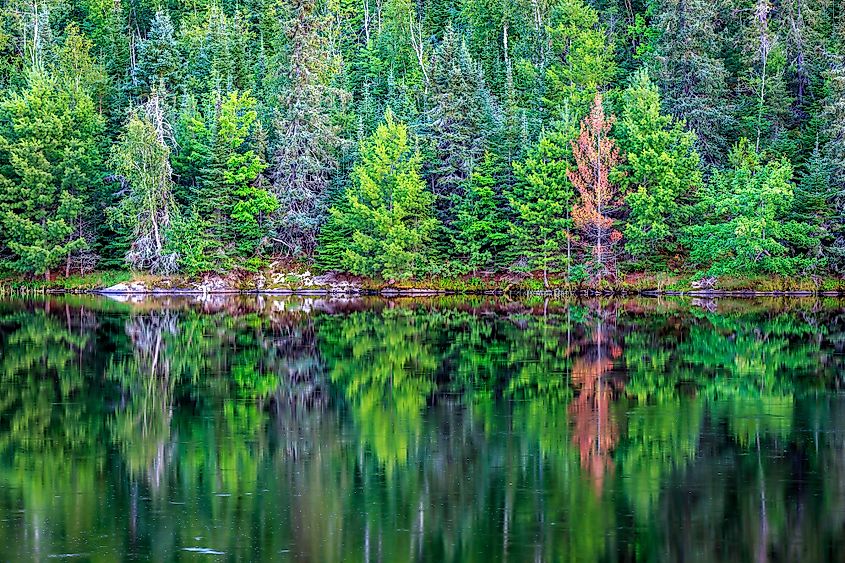
Human presence in the Voyageurs-Boundary Waters region spans back thousands of years. Indigenous peoples, namely the Ojibwe, used the waterways for travel, trade, and fishing long before European arrival. Then, in the 17th and 18th centuries, the area became central to the North American fur trade, serving as a corridor for French-Canadian voyageurs who transported goods between the interior of the continent and the shores of Lake Superior, and then ultimately abroad around the world. Their canoe routes, later meticulously mapped and documented, form the historical foundation for the general area.
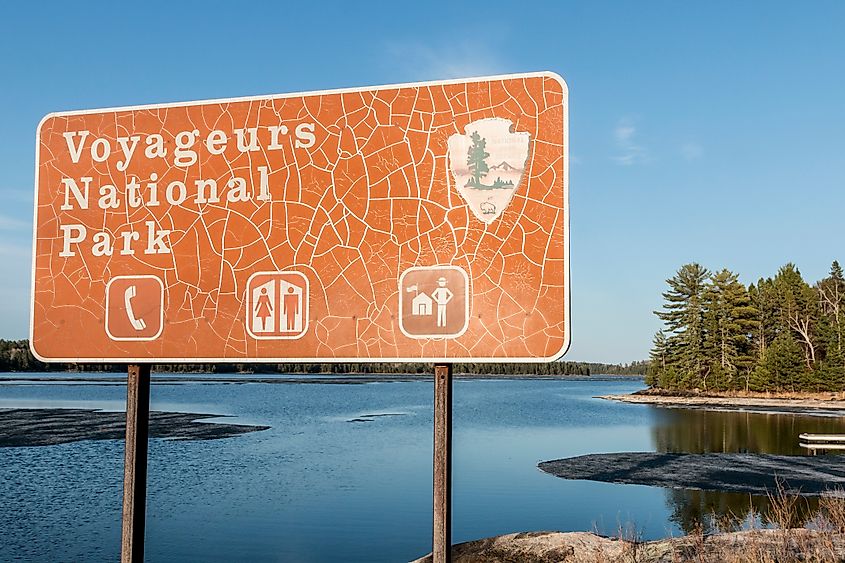
Logging and mining followed in the late 19th and early 20th centuries, threatening the pristine wildernesses of the region. Preservation efforts began not too long after, leading to the 1926 designation of the Superior Roadless Area, which evolved into the Boundary Waters Canoe Area Wilderness in 1978.
Voyageurs National Park, located further northwest, was established a little earlier in 1975 and focused on honoring the region’s longstanding cultural legacy and likewise protecting its fragile ecology. Today, both areas are jointly nationally managed to preserve their integrity and the historic canoe routes that outdoor adventurers still traverse to this day (albeit now for fun instead of work).
Enjoying these Parks on the Water
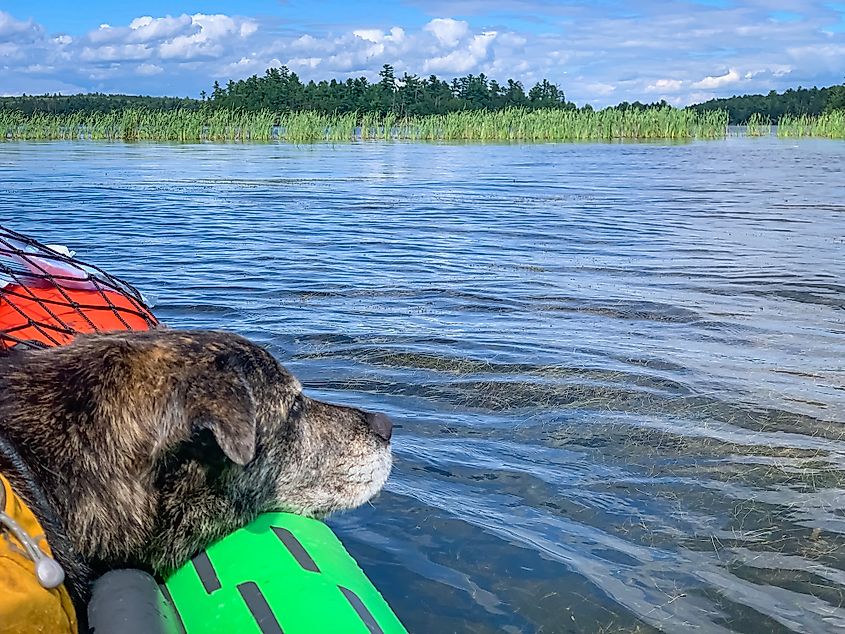
Paddling and a few other methods of boating define the typical experience at Voyageurs National Park and the Boundary Waters Canoe Area Wilderness. In Voyageurs, where nearly 40% of the park’s 218,000 acres are water, travel by boat is actually quite essential, with visitors often having to navigate the labyrinth of interconnected lakes using motorboats, canoes, kayaks, and, in the more open areas, even houseboats to get to most of its popular landmarks.
In fact, houseboating has grown to be one of the most distinctive activities here, offering the ability to spend extended stays on the water with overnight moorings at designated sites. These floating cabins allow you, and perhaps a group of other guests, to explore remote coves and islands while still having access to basic comforts. If you're new to the area, the park’s convenient visitor centers at Rainy Lake and Kabetogama provide information on permits, navigation routes, and mooring locations.

East of Voyageurs, the Boundary Waters are where more than 1,200 miles of canoeing routes weave through hundreds of quiet lakes and portages. As mentioned, canoeists here usually follow centuries-old trade routes once used by Ojibwe and French voyageurs.
Paddlers come to this grouping of two sizable green spaces in the thousands every year to encounter a near-wilderness environment without the distant hum of roads and little to no modern creature comforts. Better yet, an enforced permit system helps regulate access to limit crowding and protect fragile shorelines. Note, however, that both areas demand skillful navigation and respect for quickly changing weather, so come prepared with rain gear, well-maintained boating equipment, and warm clothing if need be. If you know what you are doing, these destinations will surely reward you with a rare level of solitude and access to some of North America’s most unspoiled freshwater ecosystems.
Don't worry if you don't own a craft of your own, as numerous rental shops and touring companies offer their services within the parks. The town of Ely is the most developed settlement in the region, and hosts the bulk of these amenities, along with hotels and restaurants, too, making it a good base of operations during your visit.
Come to See the Frequent, Stunning Auroras
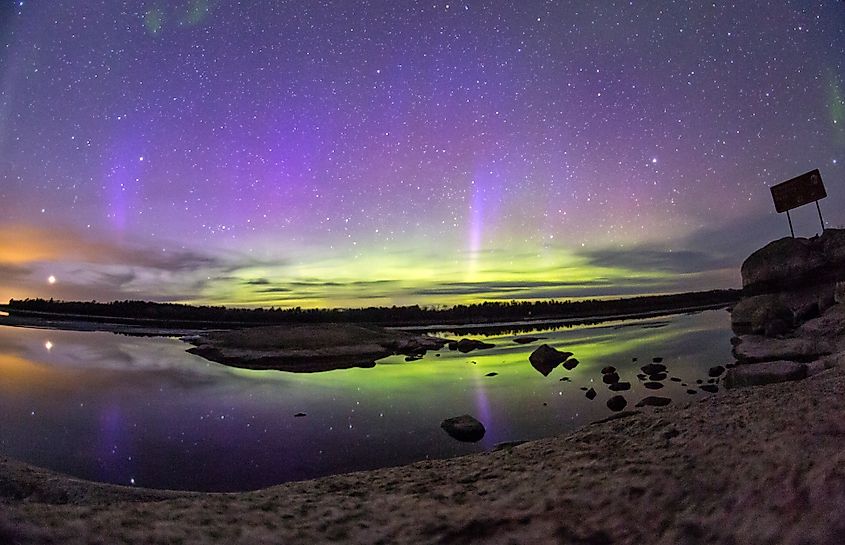
Voyageurs National Park also stands out as being among the best places in the country to view the Northern Lights. Its remote location near the Canadian border, minimal light pollution, and relatively flat horizon make it ideal for aurora viewing, with the lights most active from late September through early April. This time of the year is when nights are longest and skies are clearest, but during periods of high solar activity, the aurora "season" can appear even earlier in the fall or linger deeper into spring.
Prime viewing spots include the Rainy Lake Visitor Center area, Ash River Visitor Center, and Kabetogama Lake overlooks, where open water and wide skies provide unobstructed views. Many also choose to watch from a houseboat or on frozen lake surfaces during winter, where there are even fewer obstacles in the way of your sightline.
Other Notable Sights and Sounds
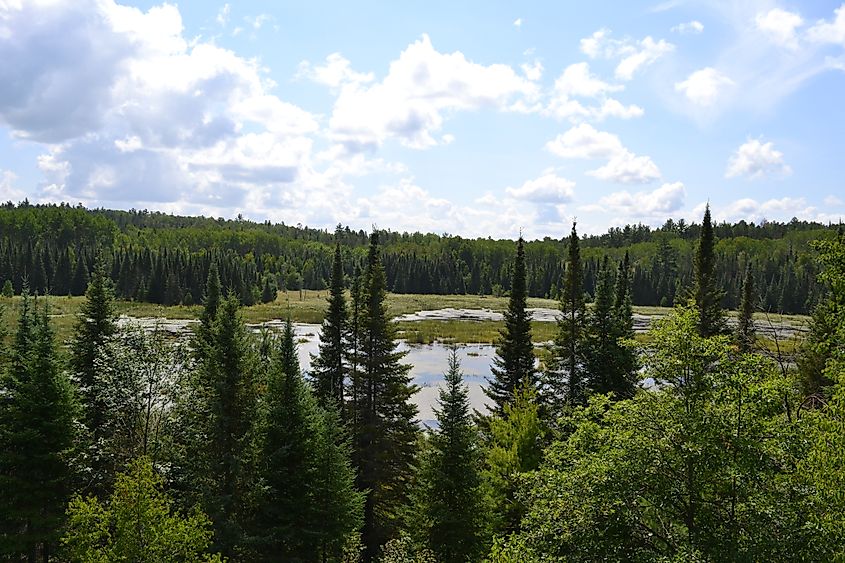
Beyond its waterways, this vast parkland features a range of landmarks and activities worth checking out. For one, the Ellsworth Rock Gardens on Kabetogama Lake beautifully combine art and landscape, created over two decades by Jack Ellsworth using hundreds of hand-stacked stone sculptures and flower terraces.
You may want to travel on foot instead of on the water, and there are lots of ways to accommodate that here as well. Hiking trails such as the Blind Ash Bay and Echo Bay Trails give access to interior forests, wetlands, and overlooks, while the Oberholtzer Trail near Rainy Lake offers an idyllic introduction to the region’s boreal woodlands. In winter, the park becomes a destination for snowshoeing, cross-country skiing, and snowmobiling, with groomed routes linking frozen lakes and forest corridors.
If you wish to stay the night in a unique, yet cozy setting, the Kettle Falls Hotel, accessible only by boat, dates back to the early 1910s and remains one of the few historic lodges operating within the national park. On the other hand, for a night under the stars, the area also boasts several options for camping, including backcountry spots on many of the islands and along inland trails, and frontcountry campgrounds at all of the major lakes.
Fishing is also huge in this part of the country, with flocks of anglers visiting year-round for walleye, northern pike, and smallmouth bass on the numerous local bodies of water within.
